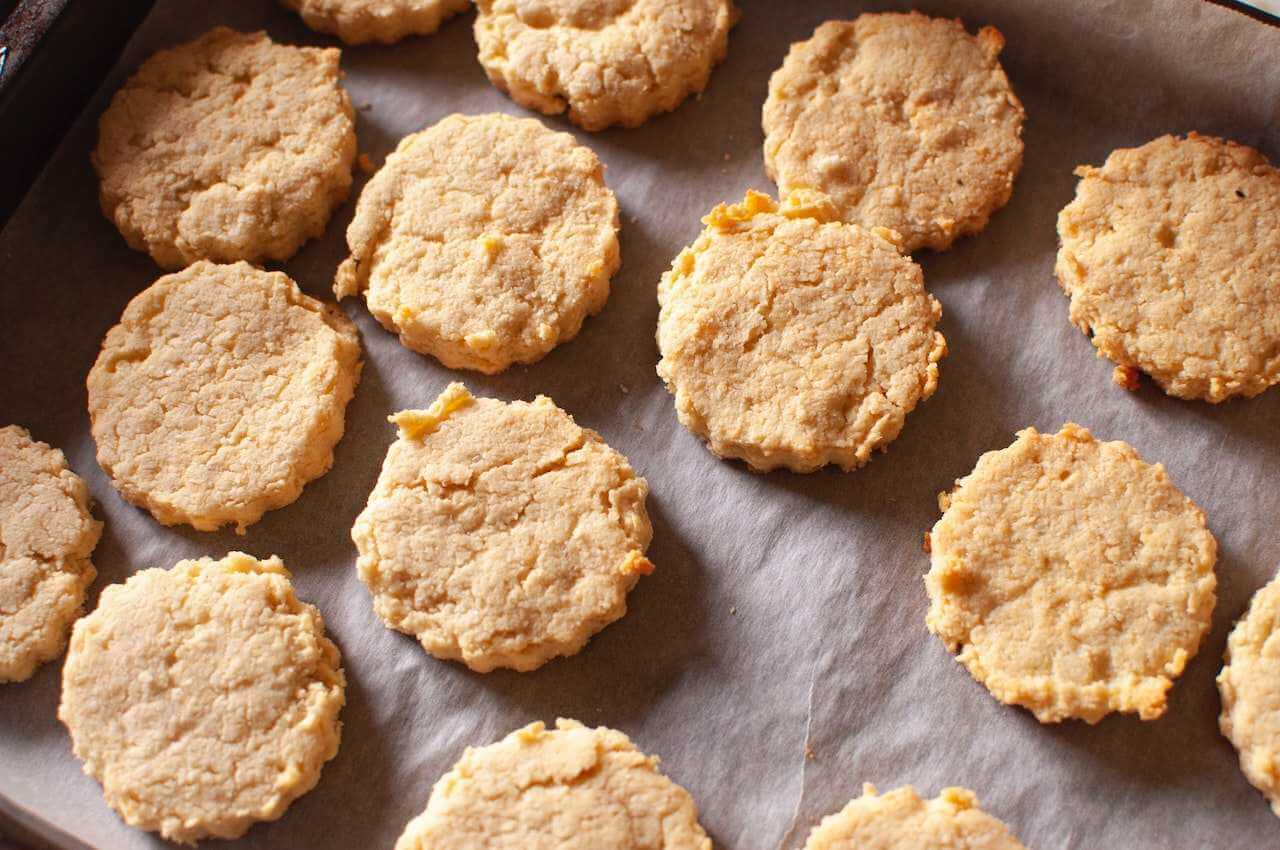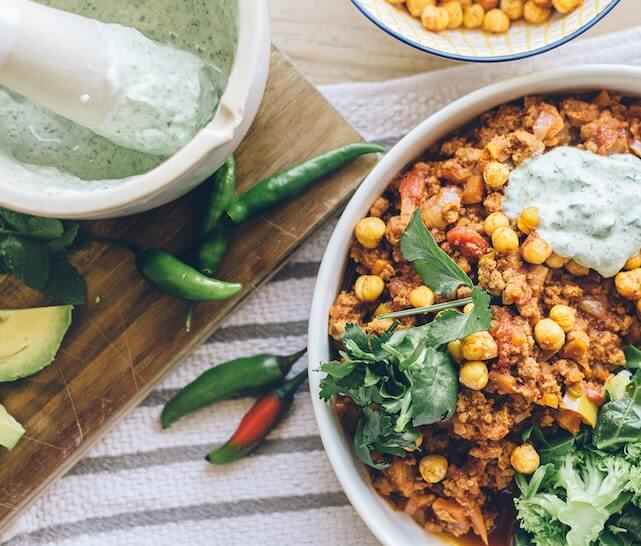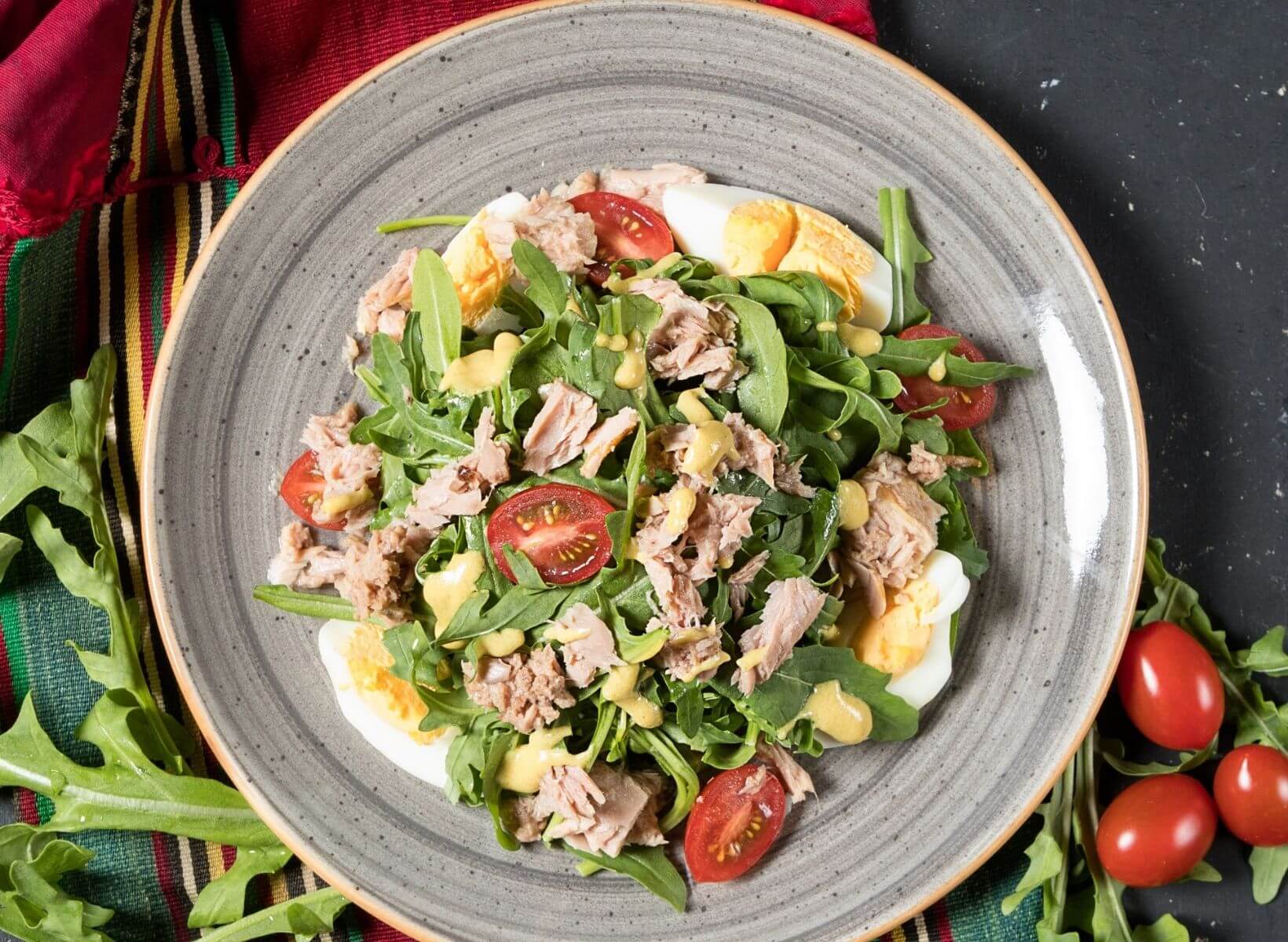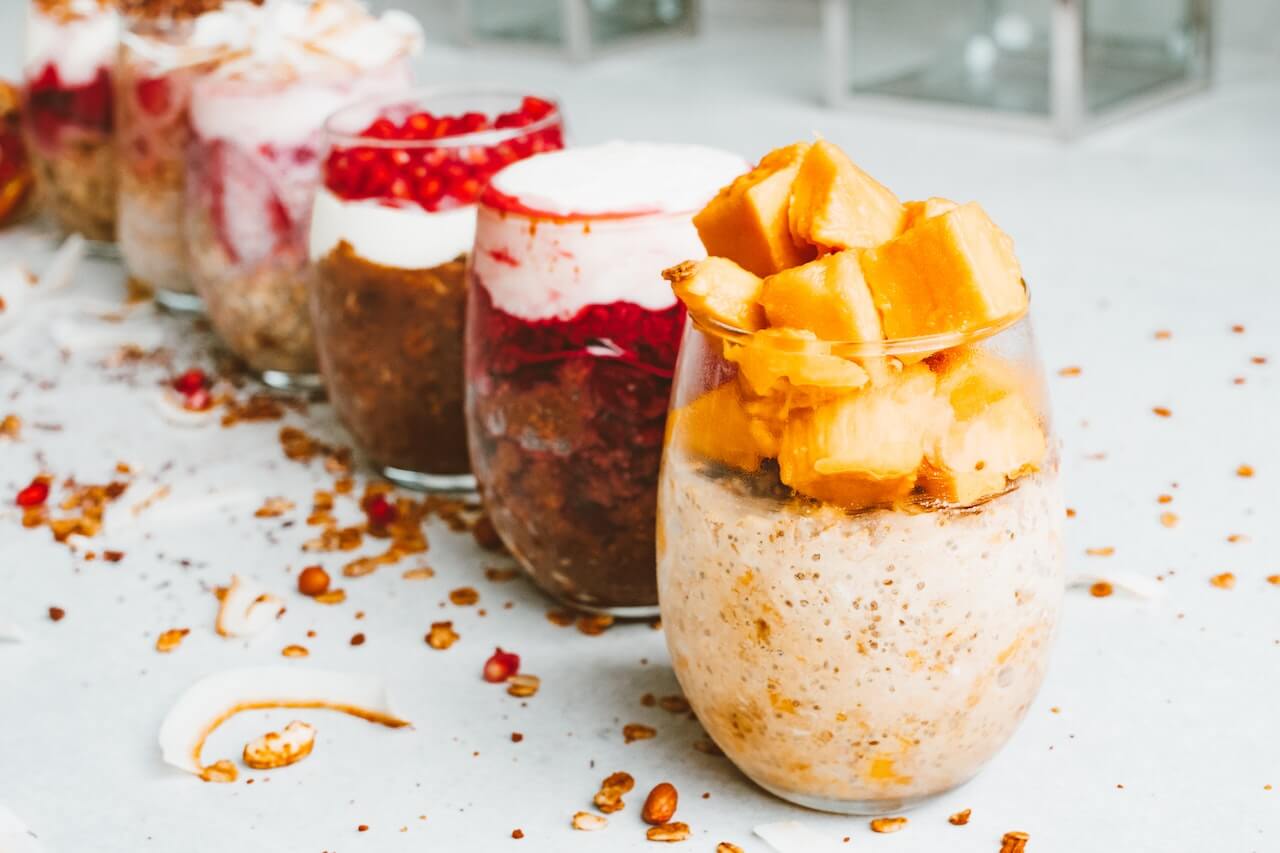Scones are delightfully delicious baked goods that have graced British tea tables and breakfast spreads for generations. They are a versatile treat favored for their crumbly buttery goodness.
Before making their way to coffee shops everywhere, scones were often enjoyed as a light snack or breakfast in the United Kingdom. Traditionally, they were a staple at afternoon tea, served alongside clotted cream and jam.
Their tender, crumbly texture and subtly sweet flavor make them the perfect canvas for delightful toppings and fillings. From savory versions with cheese and herbs to sweet renditions like our gluten-free cranberry orange scones or gluten-free blueberry scones, these baked wonders offer endless possibilities.
In this article, we'll give you a step-by-step guide to making the best gluten-free scones, plus a dairy-free variation. Whether you're a scone aficionado or new to baking these at home, you're in for a treat.
{{mid-cta}}
Why to Try This Cranberry Orange Scones Recipe
If you follow a gluten-free diet, you may think that savoring a delectable scone should be a rare treat. Or, you may have tried gluten-free baking in the past, and your treat tasted like cardboard. Not this one! This easy gluten-free scone recipe has a 5-star rating and a 40-minute total time for preparation.
The cranberry and orange in these scones offer an explosive experience for your tastebuds. The zesty brightness of oranges complements the sweet tartness of cranberries, so each bite is full of flavor that will make you want to whip up another batch pronto!
These GF scones are perfect for any occasion, whether it’s a leisurely weekend brunch, a special afternoon tea with friends, or a quick grab-and-go breakfast, these scones are versatile enough to fit any occasion.
Gluten-free does not necessarily mean low carbohydrate. So, if you’re watching your carb intake, you may want to try another recipe. Signos is a great resource for healthy, low-carb, and blood sugar-friendly recipes.
Ingredients for This Recipe
Here are the ingredients you’ll need for this delicious gluten-free recipe, plus swaps to make it dairy-free.
- Gluten-Free Flour Blend - Most GF flour blends contain tapioca flour, rice flour, potato starch, and sorghum flour. We love a high-quality gluten-free flour blend like King Arthur Measure for Measure or Bob’s Red Mill 1:1, both of which you can get on Amazon. The options have xanthan gum in the ingredients, so there’s no need to add it. Other blends should work, but depending on the starch content, some may need more or less liquid than others.
- Xanthan Gum - If your blend doesn't contain either xanthan or guar gum, add one teaspoon to your dry ingredients.
- Butter - Use unsalted butter. If you are dairy-free, use plant-based butter.
- Baking Powder - To get a good rise, you must use a lot of baking powder.
- Salt - Use kosher or sea salt.
- Milk - You can use milk or non-dairy milk in this recipe.
- Vanilla - Use pure vanilla extract.
- Cranberries - Fresh is best. Frozen is okay, too.
- Oranges - You need fresh orange zest and juice for the glaze. Fresh orange juice works best for the glaze.
- Powdered sugar - If you want to make these scones with no added sugar, use Swerve confectioner’s sugar, a non-nutritive erythriol blend.
Ingredients List
- 2 cups gluten-free flour blend
- ½ cup sugar
- 2 teaspoons baking powder
- ⅛ teaspoon salt
- 2 large eggs
- ½ cup milk or non-dairy milk
- 1 teaspoon pure vanilla extract
- ½ cup unsalted butter * see note for dairy-free options
- ⅔ cup fresh cranberries * see note
- 1 tablespoon orange zest
- Icing
- ¾ cup powdered sugar
- 2 tablespoons orange juice with pulp; use more for a thinner icing
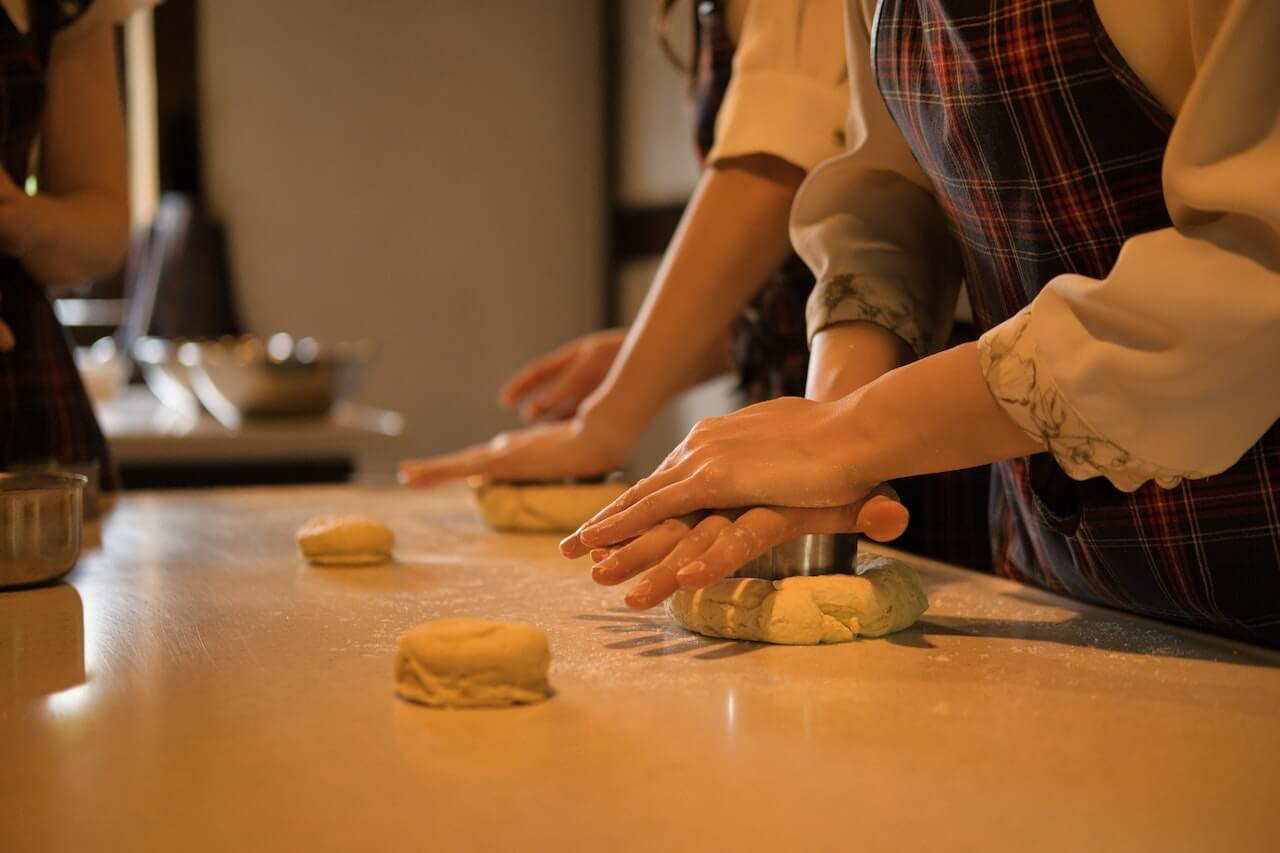
How to Make Gluten-Free Cranberry Orange Scones
Here’s a step-by-step guide to making these delicious scones:
- Preheat your oven to 350º F and ensure the oven rack is in the middle position in your oven.
- Add the dry ingredients in a large mixing bowl and whisk to blend them.
- Cut the cold butter into chunks and add them to the dry ingredients. Use a pastry blender to cut the cold butter into the flour mixture. You want to cut in the butter until it resembles crumbs.
- Add the cranberries and orange zest to the dry, crumbly mixture.
- Add in the egg, vanilla, and non-dairy milk to a medium-sized bowl. Whisk to blend them.
- Pour the wet ingredients into the flour cranberry mixture. Mix it into a dough ball.
- Line a baking sheet with parchment paper. Add the dough ball to your prepared baking sheet and press it into a circle shape. You want the dough to be 1 ½ inches thick.
- Use a sharp knife to score the dough. You want to add cut marks without cutting too deep into the dough. You can also use a pastry cutter if you have one.
- Optional egg wash: If you like, brush the tops of the scones with an egg wash before baking.
- Bake the scones for 25-30 minutes to a golden brown. The actual baking time will vary depending on the thickness of your scones.
- Remove the scones from the oven and set them on a cooling rack.
- While the scones are cooling, add the powdered sugar and orange juice to a small bowl. If you like a thicker glaze, use more powdered sugar. Whisk to blend it. Drizzle it over the cooled scones.
Dairy-Free Variation
For those with lactose intolerance or dairy allergies, you can still indulge in these gluten-free cranberry orange scones by making simple modifications. Here's how to modify the recipe to make dairy-free scones without compromising taste or texture:
Ingredients
- Replace the 1/2 cup cold unsalted butter with dairy-free margarine or coconut oil. Ensure it's cold and cut into small cubes, just like butter.
- Opt for a non-dairy milk of your choice, such as almond milk, soy milk, oat milk, or coconut milk, instead of regular milk. Use the same measurement (2/3 cup) as the original recipe.
- Optional egg wash: If you like, you can use a dairy-free egg wash by using plant-based milk, such as almond or soy milk, for brushing the scones before baking.
Instructions
- Follow the original recipe's instructions for combining the gluten-free scone mix, granulated sugar, and salt in a large bowl.
- Add the dairy-free margarine or coconut oil to the dry ingredients mixture. Cut it as you would with butter until the mixture resembles coarse crumbs.
- Proceed with adding the dried cranberries and orange zest, ensuring they are evenly distributed.
- Whisk together the non-dairy milk and vanilla extract in a separate bowl until well combined.
- Pour the wet mixture into the dry ingredients and stir until just combined. Be careful not to overmix; a few lumps are okay.
- Follow the original recipe's instructions for shaping and baking your dairy-free cranberry orange scones.
Follow these easy modifications to create dairy-free, gluten-free cranberry orange scones that are every bit as delicious as the original recipe.
How to Store Your Cranberry Orange Gluten-Free Scones
Proper storage is the key to keeping your gluten-free cranberry orange scones fresh and delicious for as long as possible. Here's how to do it:
Allow Them to Cool
Before storing your scones, let them cool completely on a wire rack. This prevents excess moisture from forming inside the storage container.
Airtight Container
Transfer the scones to an airtight container. If you don't have one large enough, you can use a resealable plastic bag. Ensure the container or bag is completely airtight to prevent moisture from seeping in.
Line with Parchment Paper
Line the container or bag with parchment paper to prevent the scones from sticking to the container and maintain their texture.
Room Temperature or Refrigerator
Scones can be stored at room temperature for two to three days. If you want to keep them longer, storing them in the refrigerator is best. The cold environment will help extend their freshness.
Freezer Option
For even longer storage, you can freeze your scones. Wrap them individually in plastic wrap and place them in an airtight container or a freezer-safe bag. They can be kept in the freezer for one to two months.
Reheating
You can reheat your stored scones when you're ready to enjoy them. If frozen, thaw them in the refrigerator overnight. Reheat in a preheated oven at 350°F (175°C) for about five to ten minutes until warmed through.
Learn More About Healthy Eating and Nutrition with Signos’ Expert Advice
Signos is a great resource for expert advice on nutrition and healthy eating. Signos has a team of registered dietitians who compile evidence-based nutrition information to help you improve your health and wellness. Check out the resources here.
Signos CGM empowers you to improve your health by keeping track of your diet, exercise, sleep habits, and blood sugar. Knowledge is power, and a CGM can give you specific information about how your habits affect your health.
Find out if Signos is a good fit for you by taking a quick quiz.
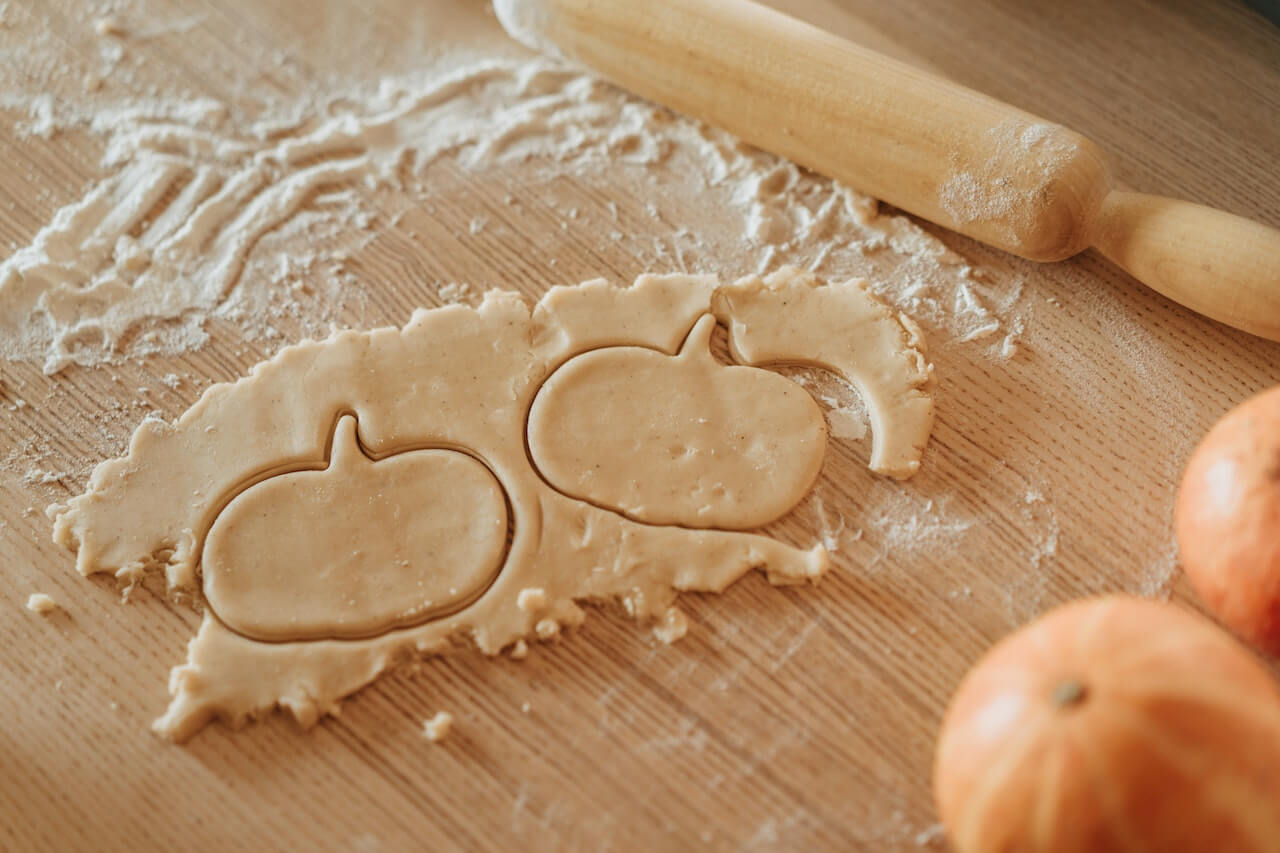
Frequently Asked Questions:
What is a good flour substitute for scones?
A blend of gluten-free flours works well as a substitute for traditional wheat flour. Common choices include a gluten-free all-purpose flour blend, almond flour, rice flour, or a combination of these.
What to avoid when making scones?
To ensure your scones turn out tender and flavorful, there are a few common pitfalls to avoid. Avoid overmixing your dough, and don’t use warm ingredients. Make sure your leavening agents, such as baking powder or baking soda, are fresh and not expired. They are essential for scone rising. Watch your scones closely while baking to prevent them from becoming overly browned or dry.
What makes scones not rise?
If your baking powder or baking soda is old or expired, it may not provide more lift to the scones. Excessive mixing can overwork the dough, leading to scones that don't rise well. The dough may not rise properly if it is too dry and crumbly. Cold ingredients, especially cold butter, are essential for creating steam pockets that lead to rising. If the ingredients are too warm, the scones may not rise adequately.
How many carbs are in a gluten-free scone?
The number of carbs in a gluten-free scone can vary depending on the recipe and ingredients used. On average, a standard-sized gluten-free scone can contain anywhere from 20 to 40 grams of carbohydrates.
- Item 1
- Item 2
- item 3

